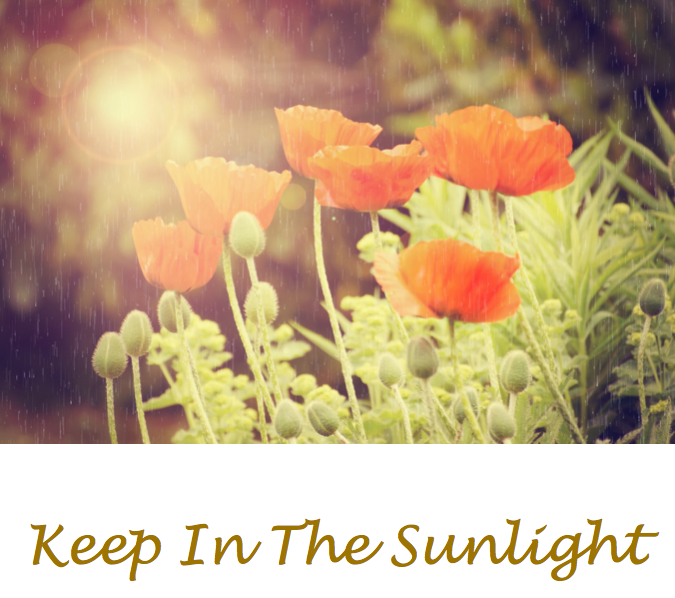
The Secret Garden (1911) by Frances Hodgson Burnett
I am absolutely in love with this classic children’s story! I know many movie renditions have been made, and I’m sure they are full of lovely garden footage, but I just stick to the book and my imagination.
I’m realizing I have a theme in the books I love, whereby a young (usually orphaned) girl moves to a new place and helps others find their happiness. The big difference in this one, of course, is that Mary Lennox does not begin the story as a happy-go-lucky girl; she, too, goes through a transformation. I love watching how four of the story’s characters experience a reawakening, just as the garden is doing the same. It reaffirms life and all that is good.
When I read this book, I feel like I can actually breathe in the fresh garden air and feel the wind of the Moor on my face. This book helps me take deep, renewing breaths. It makes me want to garden and play outside more. I read this book at least once a year, and I find a deep, new appreciation for life every time I do.
Some suggested activities/further learning: (Spoilers included!)
–Draw pictures or create another form of art to show what you think the secret garden looked like before Mary’s discovery and at the end of the story.
–Use clay or other materials to create what you think the key to the “secret garden” might look like.
–Many flowers and plants are mentioned in this book. Research one of them and see if it will grow in your climate. Try growing a mini-garden.
–Martha brings Mary a skipping rope. Use a jumprope you have or make one for yourself and practice skipping rope. Do you know any songs to skip to?
–Mary is fascinated by Martha and Dickon’s “Yorkshire talk.” Research this accent and see if you can find any movies where actors speak “Yorkshire.” Try it for yourself.
–The book describes some of the rooms and hallways of Misselthwaite Manor; draw a floor plan based on what you read.
–Many of the characters in The Secret Garden change their outlooks on life. The book describes how these “inside” transformations effect the characters’ outward appearances, as well. Draw a before and after picture of either Mary, Colin, Mr. Craven, or Ben Weatherstaff.
–One of Mary’s new friends is a robin bird. Research the European robin. What does it eat? Where does it live? How is it different from the American robin?
You may also enjoy:
There’s No Such Thing as Bad Weather





